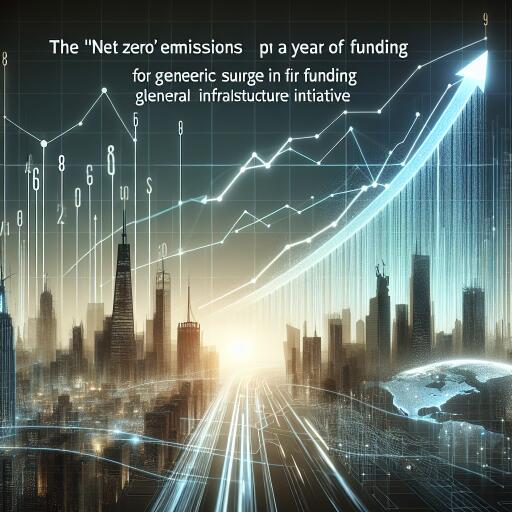
Net Zero Sparks 80 Percent Surge in Beijing’s Belt and Road Initiative Funding
Chinese corporations specializing in electric vehicles (EVs) and lithium batteries are increasingly investing in renewable energy projects across the globe, underpinning a significant growth in Beijing’s Belt and Road Initiative (BRI). This initiative represents a strategic global investment and lending endeavor aimed at funding major projects worldwide.
Historically, the BRI has faced critical scrutiny over its lending methodologies, often described as debt-trap diplomacy, especially in dealings with developing nations. However, a shift towards sustainable and green technology investments has ushered in a new chapter for the BRI, boosting its funding significantly.
Investments in “technology”, primarily including sectors like electric vehicle manufacture and lithium battery production, have seen an astonishing $8 billion channeled through the BRI. This shift towards green technology observed an incredible growth of 1,046 percent from 2022 to 2023, marking a substantial pivot in the initiative’s focus areas.
This green transition witnessed considerable investments, such as the expansion of Zhejiang Hezhong, a Chinese EV brand, into Thailand’s automotive manufacturing sector. Equally noteworthy is the collaboration between Zhejiang Huayou Cobalt, among the globe’s leading battery manufacturers, and South Korean conglomerate LG.
Indeed, the BRI’s engagement in developing nations across Africa, South America, and Asia saw a notable 158 percent increase within the same period. Notable examples include CATL, recognized as the world’s premier battery manufacturer, acquiring stakes in the nickel mining operations of Indonesia’s PT Aneka Tambang Tbk, alongside Jiangxi Ganfeng’s investments in lithium mining in Mali, with additional ventures in Zimbabwe and Saudi Arabia.
Significantly, the five largest entities pouring resources into the BRI, excluding construction firms, were all vested in renewable energy sectors. These include CATL, contributing to 15.2 percent of the total investment, Zijin Mining (10.8 percent), Southern Power Grid (9.3 percent), China Molybdenum (5.4 percent), and Minmetals rounding off the list with 5.1 percent.
“As we look to the future, we see a pathway characterized by an increased focus on sustainable energy, mining, and emergent technologies within the ambit of the Chinese BRI,” commented Prof. Christoph Nedopil Wang, associated with the Griffith Asia Institute.
China has established a dominant position, controlling around 50 percent of the global processing capacity for critical minerals like lithium, nickel, cobalt, and graphite. This hegemony has prompted nations in the Western hemisphere, notably Australia and the United States, to invest heavily in developing their own mineral processing infrastructures.
Saudi Arabia benefitted from BRI construction efforts to the tune of $5.6 billion in 2023, with other recipients including Sri Lanka ($4.5 billion), Tanzania ($3.1 billion), and the United Arab Emirates ($2 billion).
Countries showcasing the most dramatic BRI funding increases included South Korea, with a 577 percent surge, followed by Bolivia (493 percent), Namibia (457 percent), Tanzania (415 percent), and Uzbekistan, which saw a 375 percent uplift.
This strategic pivot towards renewable energies and green technologies not only enhances the Belt and Road Initiative’s portfolio but also signals China’s dedication to the global net-zero emission goals. As these investments converge on the development of sustainable infrastructure and green technologies, the BRI is set to play a pivotal role in the global energy transition.





Leave a Reply